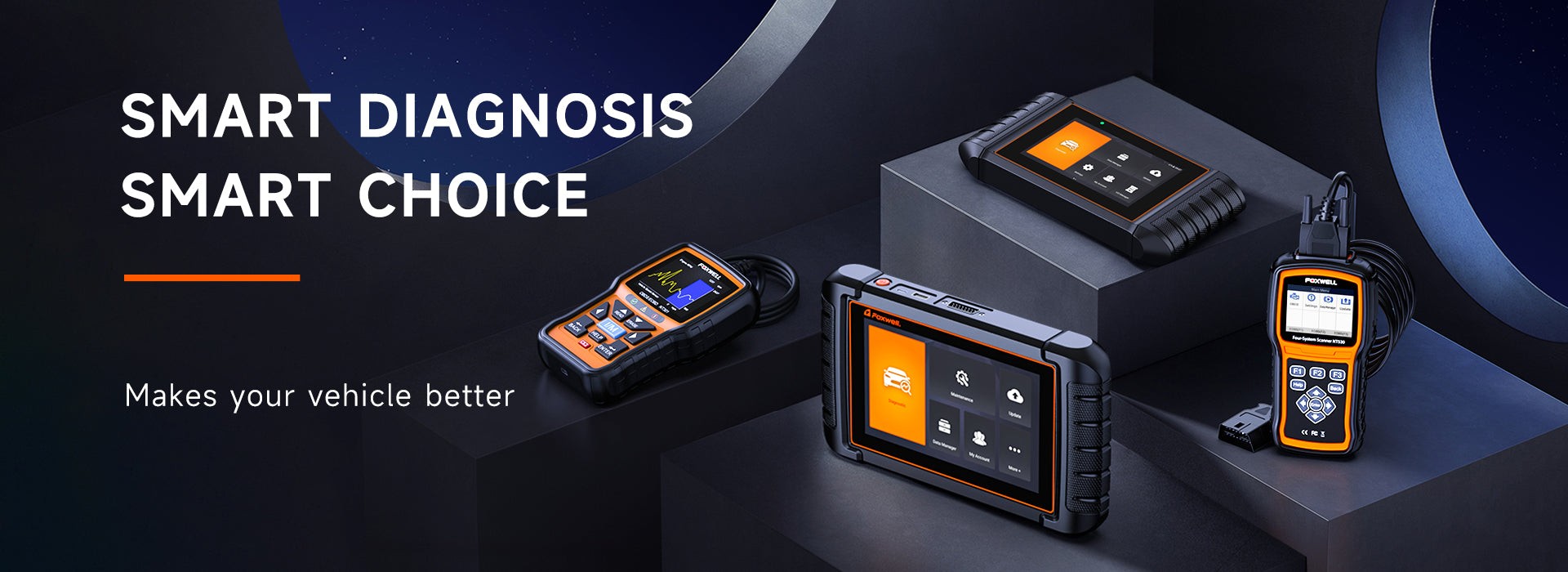OBD2 scanners have revolutionized car repair, offering a window into a vehicle’s inner workings. But Can An Obd2 Scanner Check Ignition Problems? This article delves into the capabilities and limitations of OBD2 scanners in diagnosing ignition-related issues, providing practical insights for both car owners and mechanics.
How OBD2 Scanners Work with Ignition Systems
OBD2 scanners communicate with a car’s Engine Control Unit (ECU) to retrieve Diagnostic Trouble Codes (DTCs). The ECU constantly monitors various systems, including the ignition system. When a problem arises, it generates a specific code that the OBD2 scanner can read. These codes provide clues about the nature of the problem. For ignition systems, common issues detectable by OBD2 scanners include:
- Misfires: Indicated by codes like P0300 and P0301-P0308, these codes pinpoint cylinders experiencing misfires. An OBD2 scanner can identify random or cylinder-specific misfires.
- Ignition Coil Problems: Codes like P0351-P0358 signify issues with individual ignition coils. The scanner helps isolate the faulty coil for replacement.
- Crankshaft/Camshaft Position Sensor Issues: Problems with these sensors, vital for ignition timing, can trigger specific codes, aiding in diagnosis.
Limitations of OBD2 Scanners in Ignition Diagnostics
While powerful, OBD2 scanners have limitations:
- Mechanical Issues: They excel at detecting electrical faults but often miss mechanical problems. A worn distributor cap, damaged spark plug wires, or a faulty ignition switch may not trigger a DTC.
- Intermittent Problems: Intermittent issues that don’t occur during the scan can be challenging to diagnose with an OBD2 scanner alone.
- Code Interpretation: Some codes can be generic, requiring further investigation to pinpoint the root cause. For example, a misfire code could stem from a faulty spark plug, a bad ignition coil, or even a fuel system problem.
Enhancing Ignition Diagnostics: Beyond the OBD2 Scanner
To overcome these limitations, consider these strategies:
- Visual Inspection: A thorough visual inspection of ignition components is crucial. Look for damaged wires, loose connections, corroded terminals, and worn spark plugs.
- Multimeter Testing: Using a multimeter to test ignition coil resistance, spark plug wire continuity, and sensor voltage can provide valuable information.
- Advanced Scan Tools: Professional-grade scan tools offer features like live data streaming, allowing real-time monitoring of ignition system parameters. This can help diagnose intermittent problems and provide more detailed insights.
Conclusion
An OBD2 scanner is a valuable tool for checking ignition problems, providing a starting point for diagnosis. However, it’s essential to understand its limitations and combine its use with other diagnostic methods for a comprehensive assessment. By integrating visual inspections, multimeter testing, and potentially more advanced scan tools, you can effectively troubleshoot and resolve even the most challenging ignition issues. Remember, a systematic approach, combining technology with traditional techniques, often leads to the most accurate diagnosis and efficient repair.


